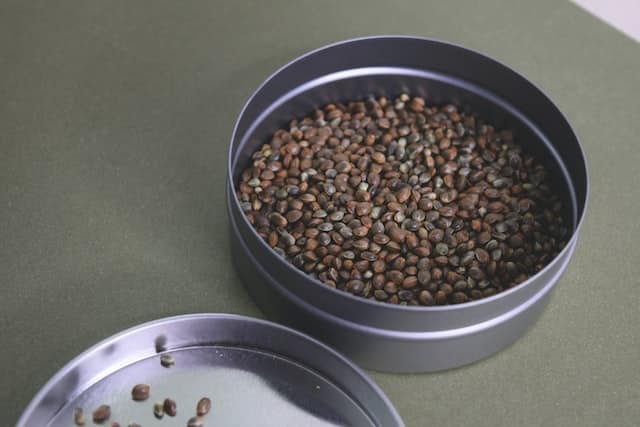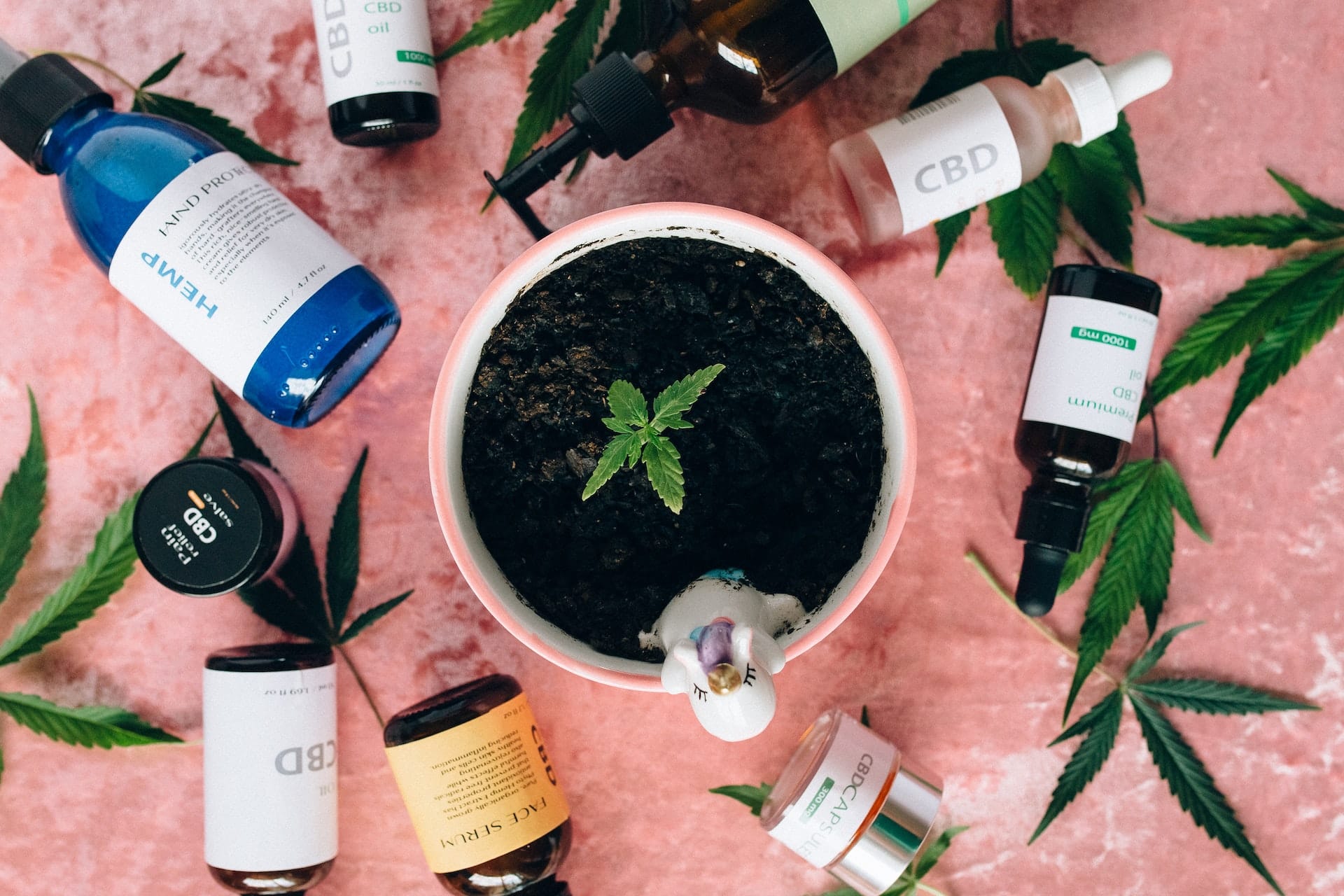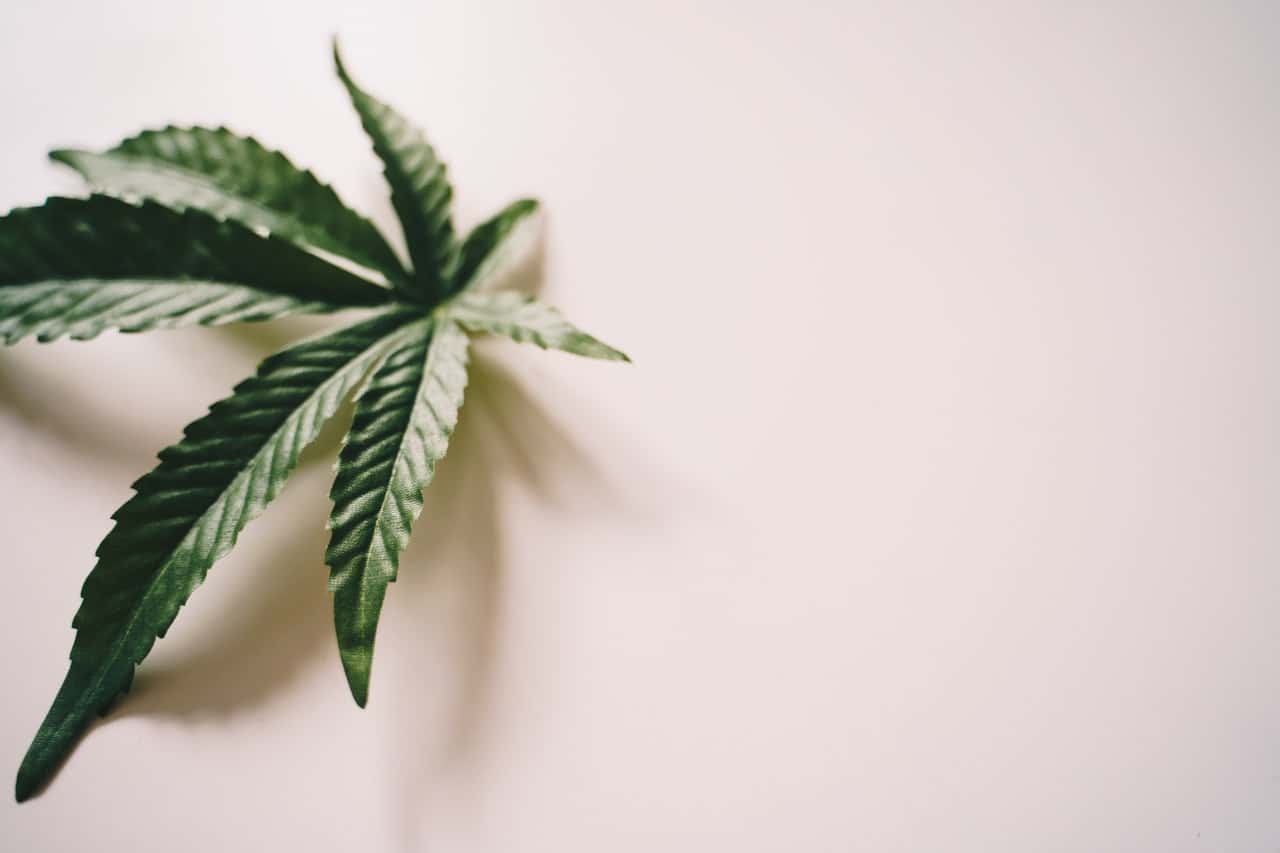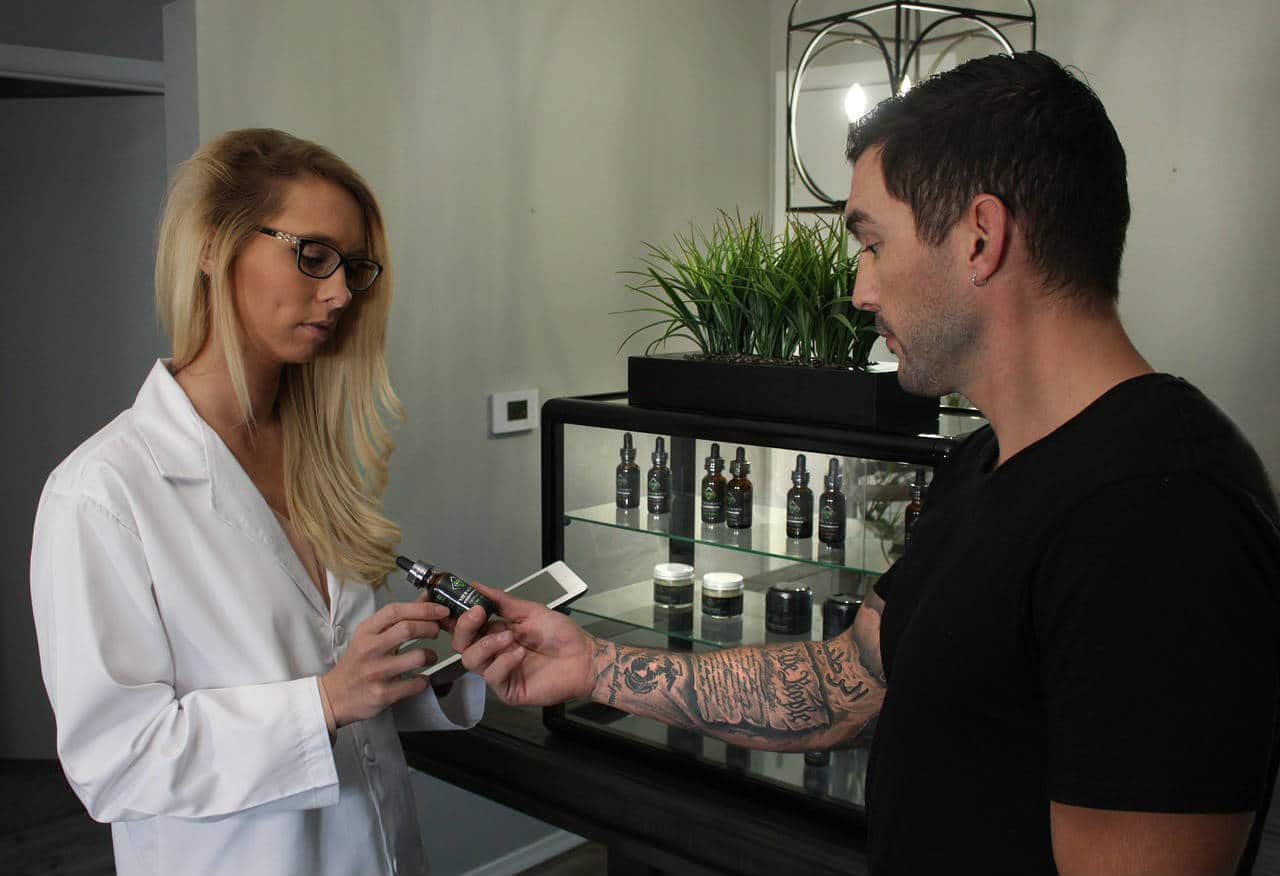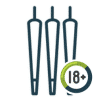All you need to know about HLVd viroid: the complete guide
Plants can get sick too. Recently, a disease has raised fears of the worst. This disease is the HLVd viroid. In the rest of this article, we'll tell you everything you need to know about this pathology, which is becoming increasingly widespread and affecting more and more cannabis varieties, crops and production.
All you need to know about HLVd viroid
Symptoms of HLVd viroid on the plant of hemp
A strain resistant to HLVd viroid has been discovered
How to protect plants from the HLVd viroid hemp
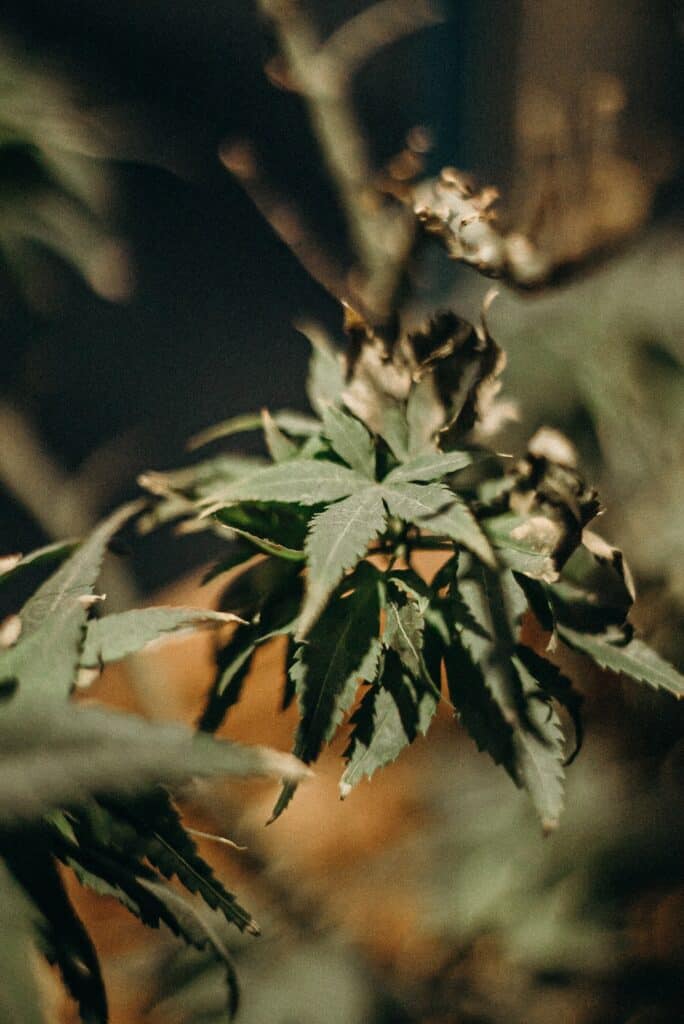
All about the HLVd viroid
HLVd (Hop Latent Viroid) is a pathogenic agent. It is a disease that originally affects hop plants. However, it has also been identified in cannabis plant cultivation, which is particularly worrying in that the disease can destroy entire crops, resulting in financial loss, reduced product quality and farmers' fear of this unwelcome invader.
All about HLVd
HLVd is a circular RNA virus. It acts by replicating directly in the cells of the "sick" plant. To do this, it uses the plant's enzymes, generally those of hops or cannabis. These enzymes enable it to move and duplicate itself.
This virus is then transmitted from one plant to another, through direct contact. This is often the case when plants are pruned or handled by the farmer/grower. In fact, the disease can even be transmitted via contaminated gardening tools!
The problem is that there is no treatment available to cure the plant or plants affected by the HLVd viroid. This is why growers and farmers fear above all that one of their plants may be contaminated, as the spread can be extremely rapid and uncontrolled.
The impact of HLVd viroid on the cannabis market
In the case of the CBD market, the HLVd viroid is a real source of concern. On the one hand, if one plant is affected, the whole production can be destroyed. On the other hand, if production is not totally destroyed, the very quality of the resulting products may deteriorate. As a result, the consumer may suffer, consuming a flower CBD or a CBD oil product derived from a diseased plant. It is therefore essential that preventive and control measures are in place to meet expectations.
The symptoms of HLVd viroid on the hemp
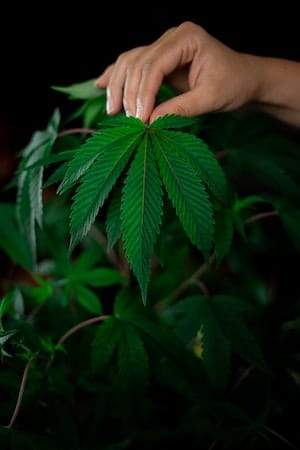
But how can you tell if a plant is infected with the HLVd viroid? Several symptoms are bound to appear. Quite visible symptoms, which leave little room for doubt. Firstly, the HLVd viroid causes the leaves of the cannabis plant or hemp to turn yellow.
This is the most widespread symptom. In addition, the plant may become deformed (both leaves and stems). Finally, the plant has difficulty in growing properly. The plant remains quite small in size. Beware, however, that these symptoms evolve according to the strain of viroid, but also to external conditions, such as environmental conditions.
Another impact of the HLVd viroid is the weakening of the plant at hemp. Sickened, the plant is more susceptible to other viruses and pathogens. This can lead to a reduction in the quality and quantity of the hemp harvest.
Finally, propagation. The HLVd viroid spreads very rapidly within a crop, from one plant to another. As a result, if a plant at hemp turns out to be affected by this pathology, it is essential for farmers to take appropriate control measures to avoid (or slow down as far as possible) the spread of infection to other plants.

A strain resistant to the HLVd viroid has been discovered
However, all hope of effectively combating the HLVd viroid is not lost. Far from it, in fact, since a variety resistant to the disease has recently been discovered. This variety is Jamaican Lion. Surprisingly, this CBD-rich variety turned more purple when infected by the virus.
But why? No one really knows. "We don't know why this is happening. It could be an immune response, but we don't see that purple coloration as strongly increased in the control that's not infected," said Kevin McKernan, Chief Scientific Officer of Medicinal Genomics.
How to protect plants from hemp from the HLVd viroid?
Finally, there are methods to protect hemp and cannabis plants against the HLVd viroid. The first thing to do is to opt for quarantine and a series of tests to ensure that the targeted plants do not carry the virus. A large negative sample is good news!
In the event of a positive sample, spread must be avoided at all costs. Don't hesitate to isolate the diseased plant(s) from the rest of the crop. In addition, avoid handling infected plants without taking the necessary precautions, as the viroid can spread through direct contact.
Finally, be sure to carry out regular checks on your plant culture at hemp. The sooner you identify an infection, the easier it will be to take steps to control it and limit its spread.
Implementing a control policy is essential for you, the grower. So is the industry's survival in the face of a threat that can reduce or even destroy yields. Naturally, researchers are currently at work to find a natural solution, which could enable us to look to the future with greater serenity.

